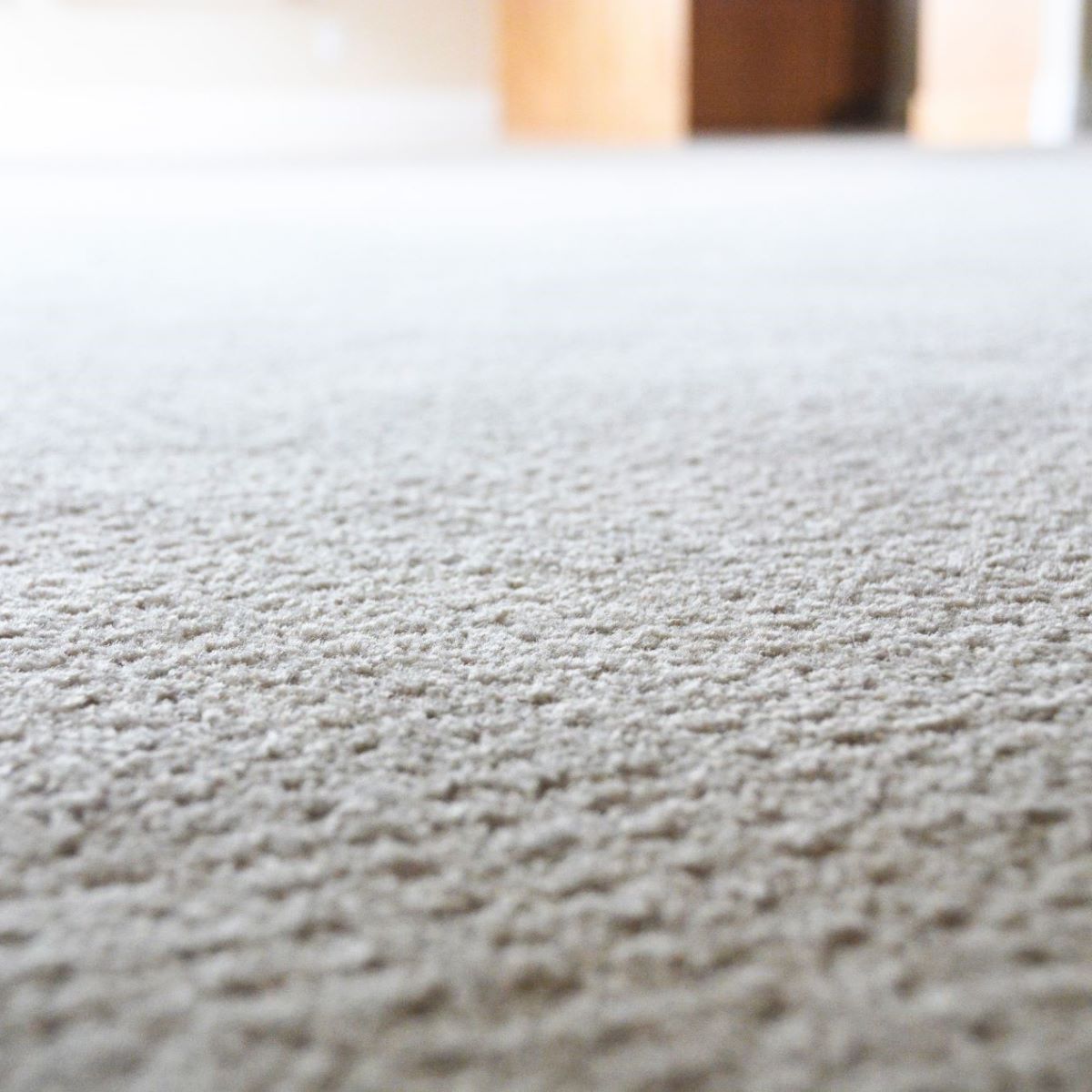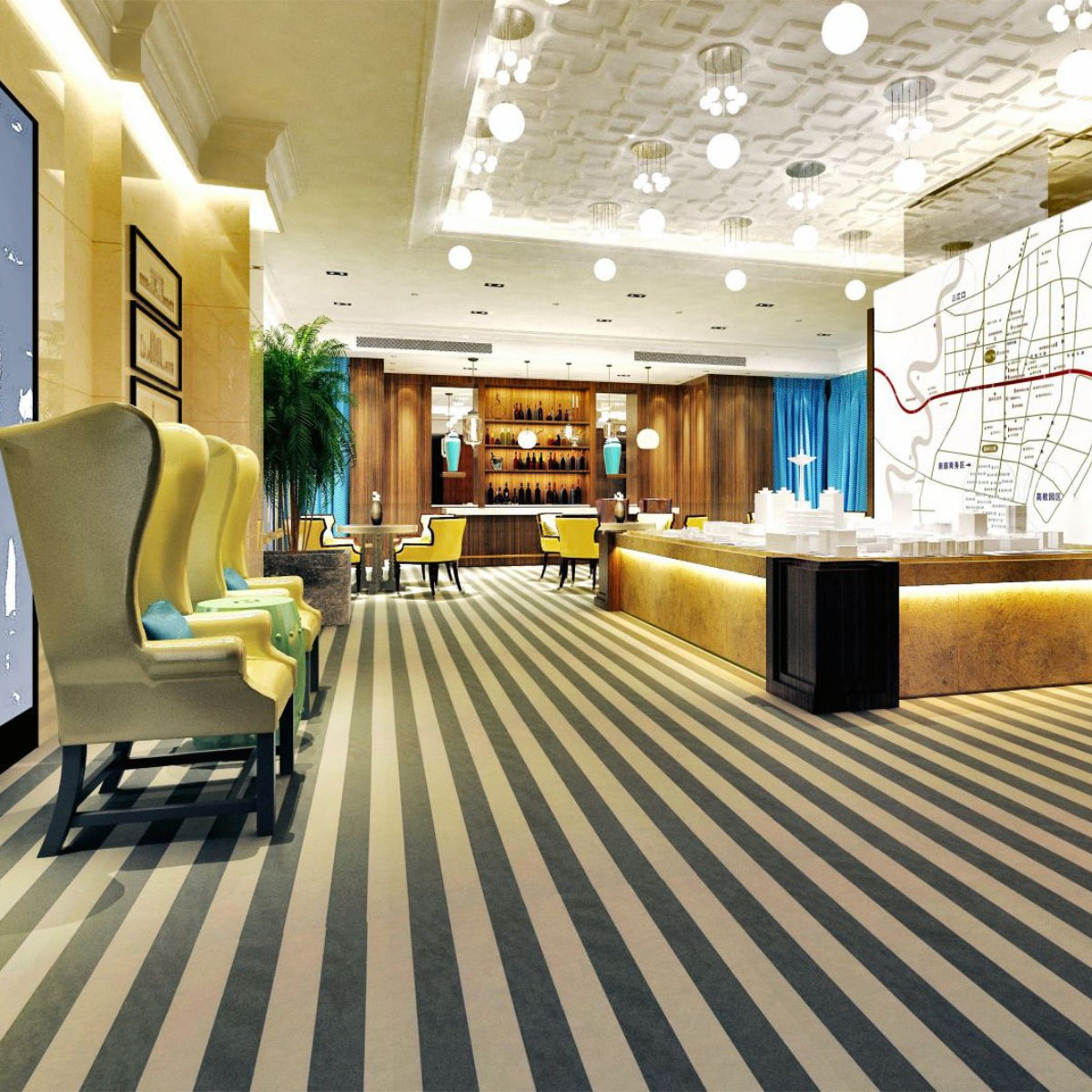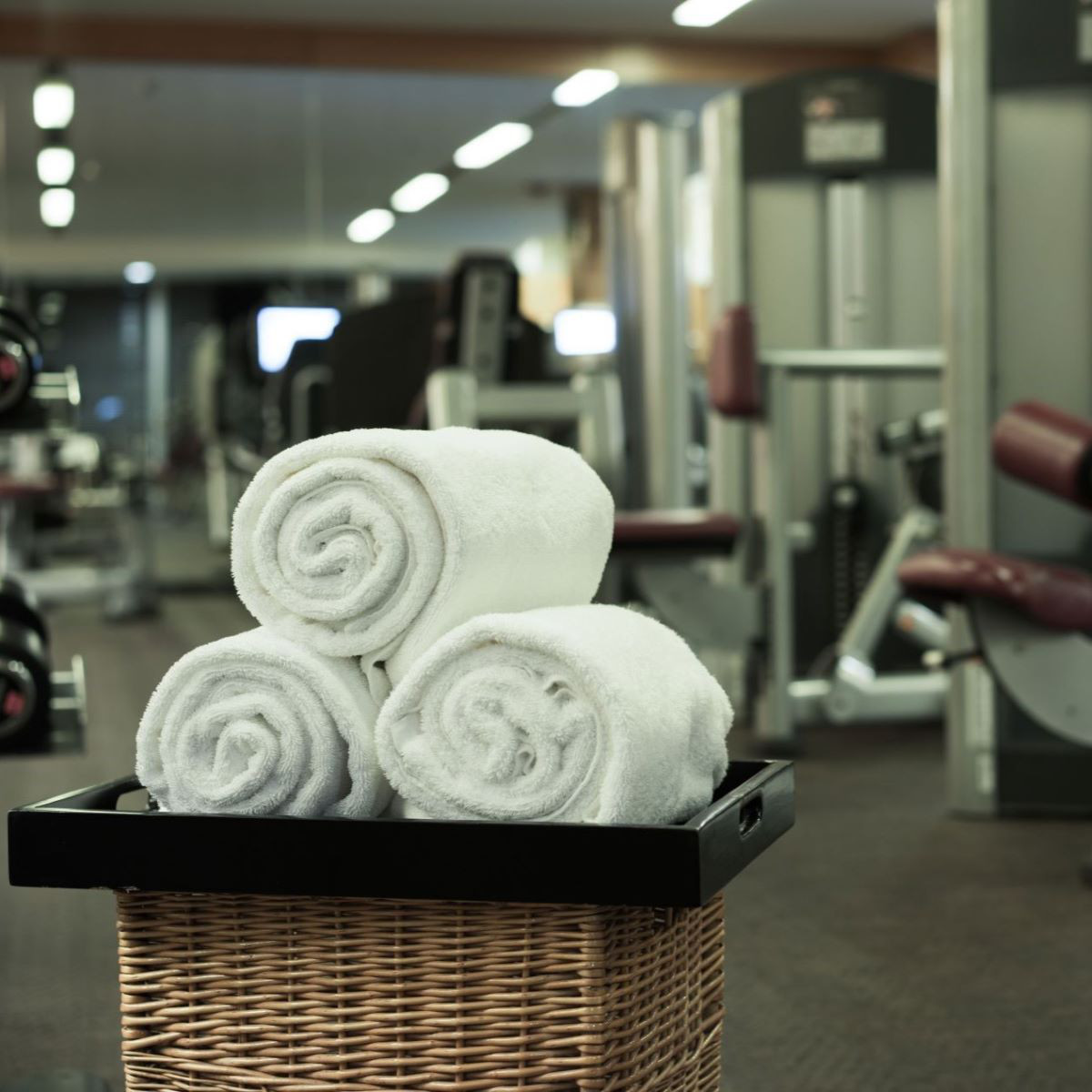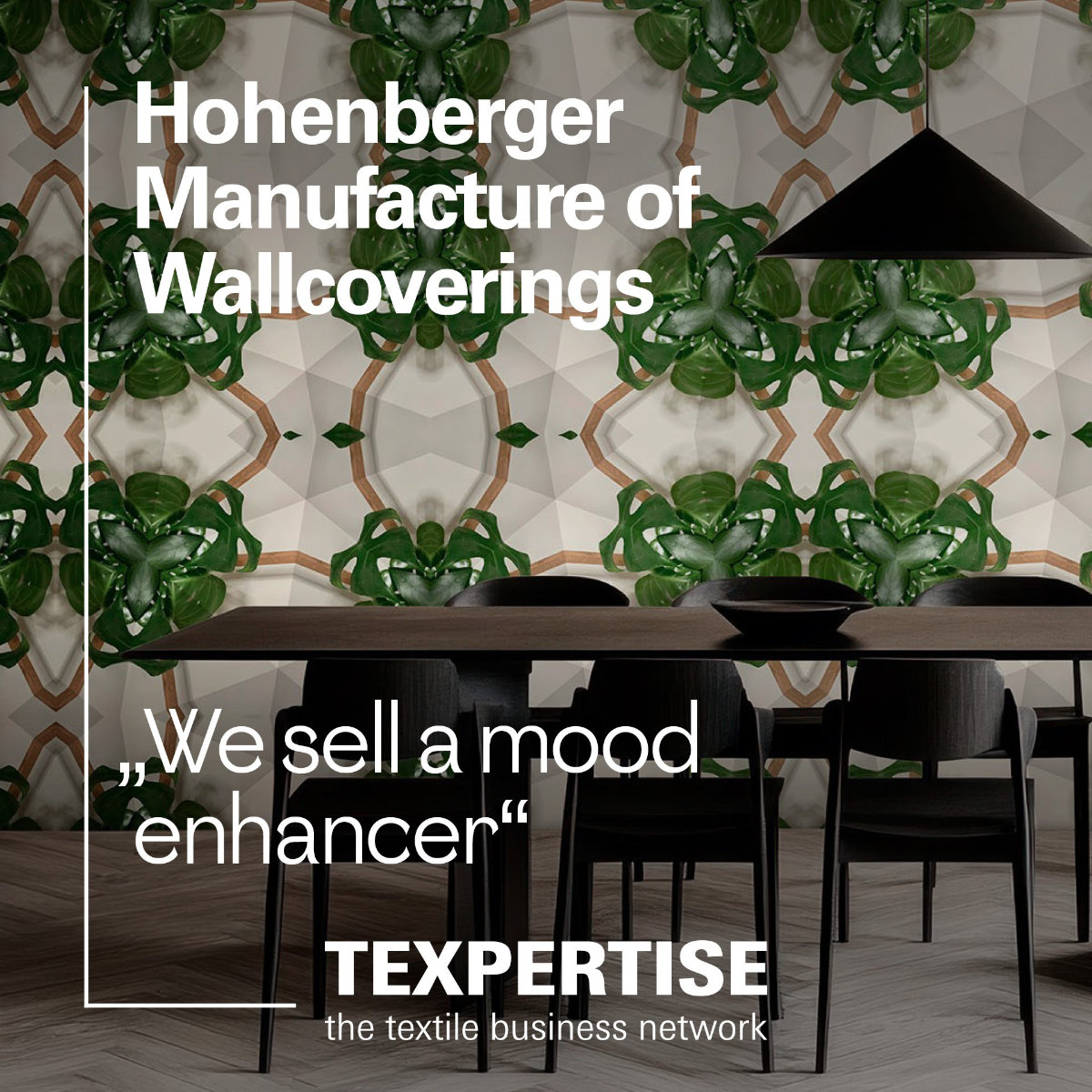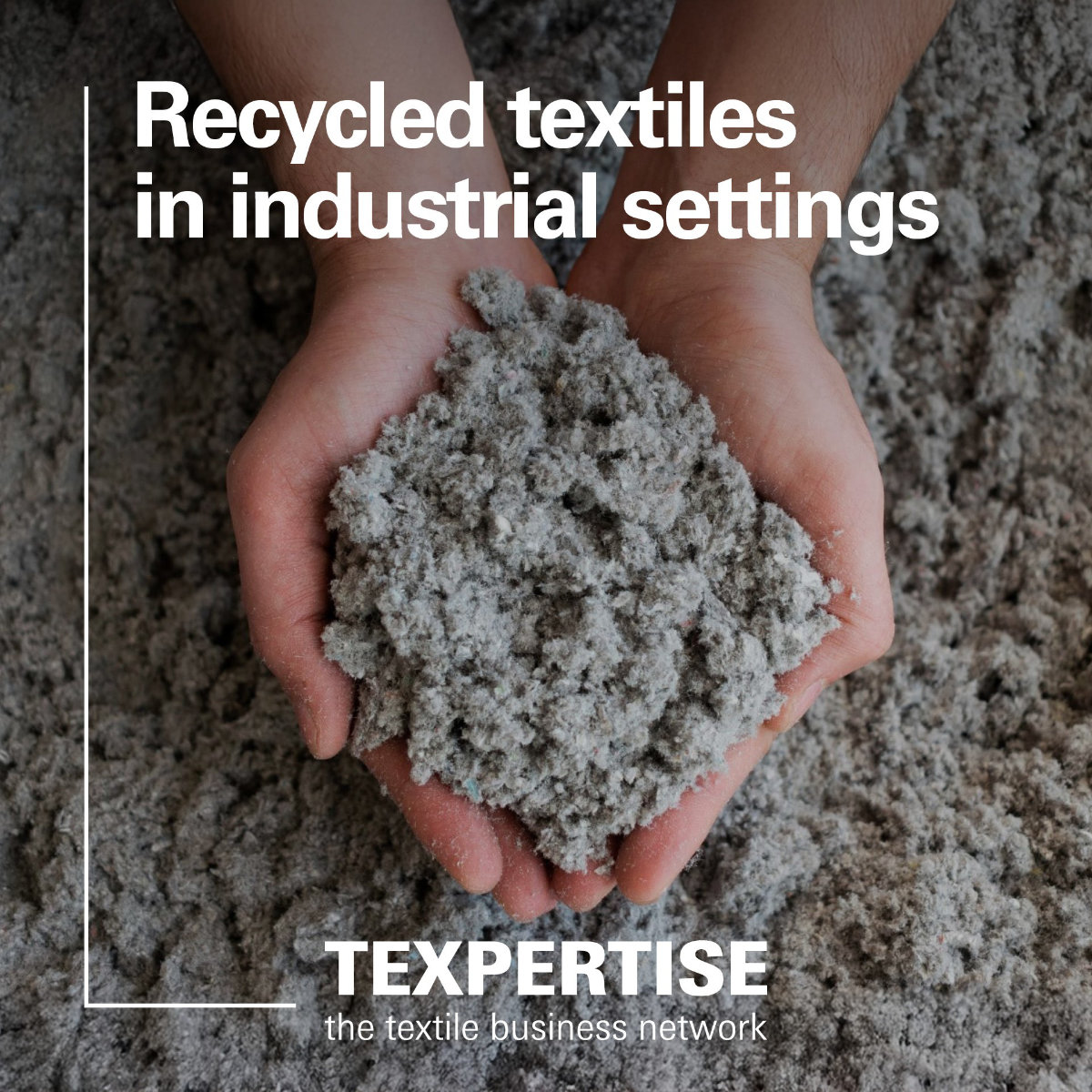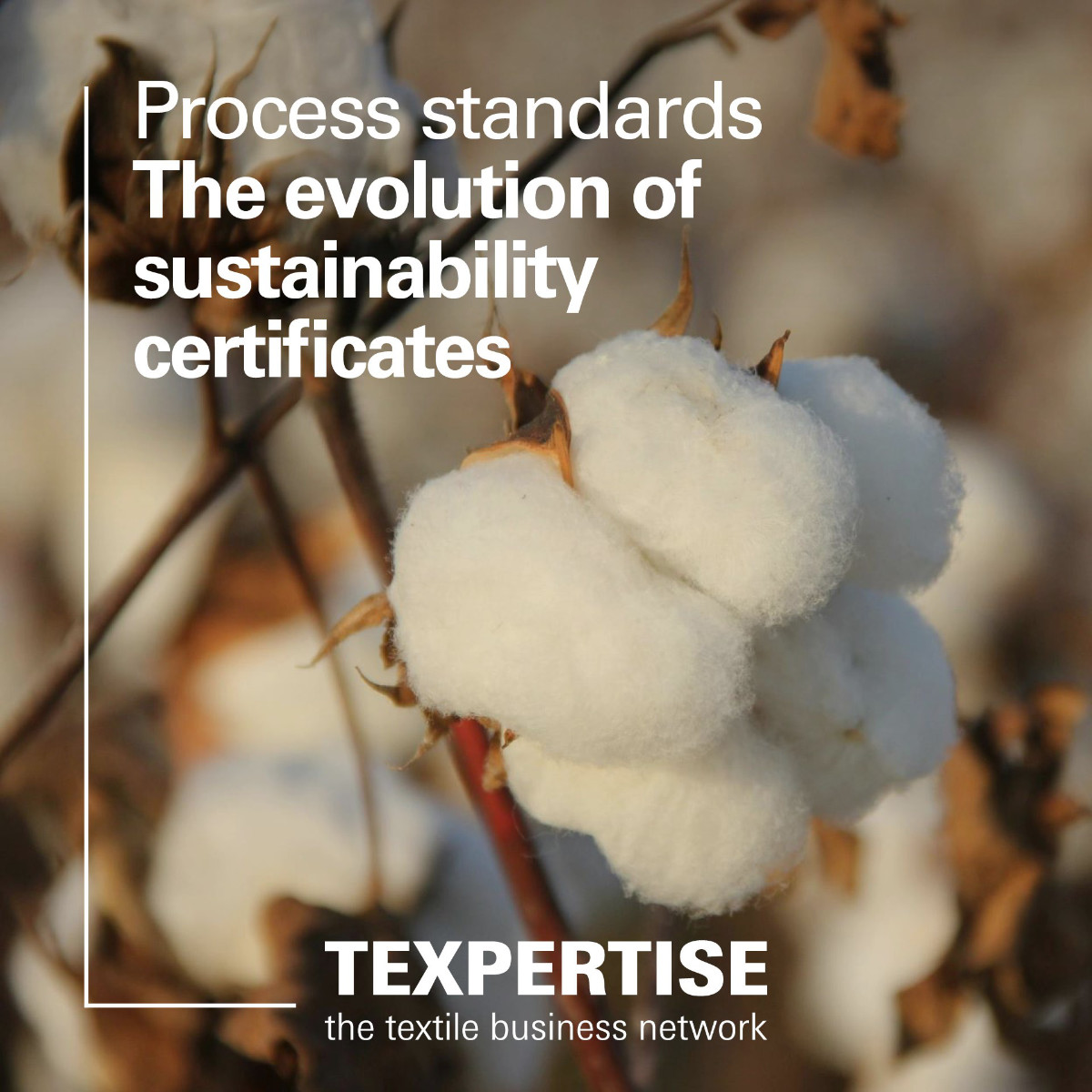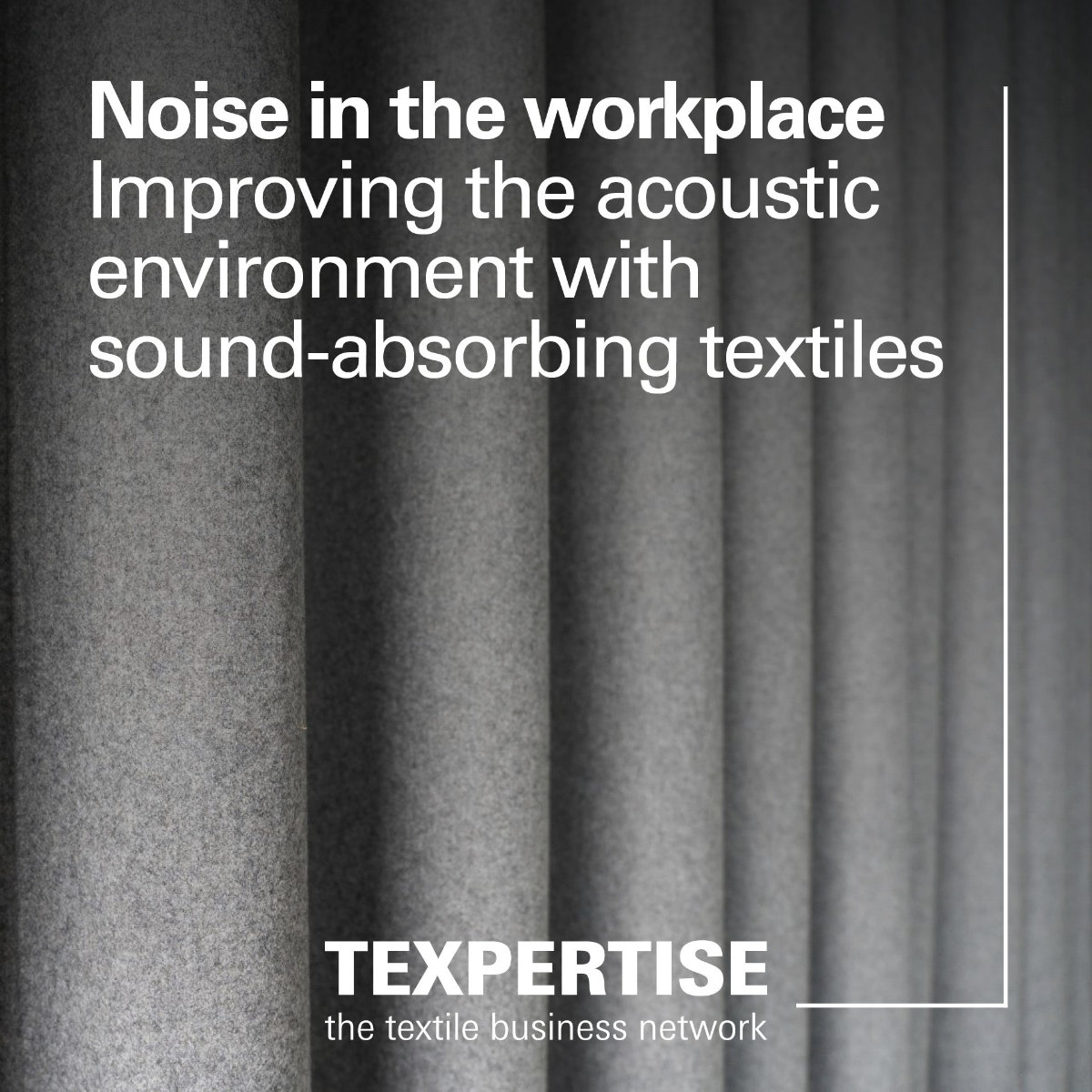Reading time: 2 minutes
Lightweight, translucent textiles offer versatile applications and are in demand for both residential and commercial interiors. Their transparency enhances openness and brightness while fostering a welcoming atmosphere. In smaller spaces, they help prevent a confined feeling, making rooms appear more spacious.
The Texpertise Network is committed to connecting key players in the textile industry and fostering exchange – supporting the continuous evolution of innovative solutions across the textile supply chain.
Timeless Elegance: Why Transparent Fabrics Are Essential
Transparent textiles offer a range of functional benefits:
- Light transmission: They do not darken spaces but create a bright and inviting environment.
- Airy aesthetics: Their flowing nature gives them a light, modern feel.
- Versatility: Whether used as curtains, room dividers, bed canopies or shop window displays, their applications are diverse.
- Privacy: Despite their transparency, they provide a degree of privacy, enhancing comfort and well-being.
With their timeless elegance, transparent textiles fit seamlessly into any interior style and pair effortlessly with other materials.
Innovations: Expanding the Functionality of Transparent Fabrics
Traditionally, transparent textiles have been valued primarily for their decorative appeal. However, recent advancements have equipped them with practical functions:
- Sound absorption: Special transparent fabrics such as Alphacoustic improve room acoustics, making them particularly beneficial for open-plan offices and public spaces.
- UV protection: Through advanced coatings and weaving techniques, transparent fabrics can reduce light transmission, prevent overheating, and contribute to energy savings.
- Sustainability: Climate-regulating lightweight textiles can help reduce reliance on air conditioning, promoting energy efficiency.
Challenges and Solutions in the Use of Transparent Textiles
Despite their many advantages, transparent fabrics present certain challenges:
- Delicate nature: Due to their lightweight composition, they are more susceptible to damage and require careful handling and maintenance.
- Durability: Advanced materials such as Trevira CS polyester yarn offer enhanced resilience, are flame-retardant, and certified under OEKO-TEX Standard 100.
Conclusion: More Than Just a Design Element
Transparent fabrics are evolving beyond aesthetics to serve functional purposes. In addition to their visual appeal, they provide practical benefits such as sound absorption, UV protection, and improved indoor climates.
With innovations like glass-textile panels, these advantages can be integrated into architectural planning from the outset. Smart textiles are also gaining traction: in the future, transparent fabrics may incorporate conductive yarns to dissipate static electricity. However, further research is needed to seamlessly embed electronic components into translucent materials.
FAQ: Frequently Asked Questions
What are the best applications for transparent fabrics?
Translucent textiles are not limited to curtains. They are also ideal for room dividers, bed canopies, and stylish shop window displays. In cafés or co-working spaces, they can create private zones while maintaining an open-plan feel.
How can transparent fabrics be combined with other materials?
Thanks to their lightweight and adaptable nature, transparent fabrics complement almost any interior style. Recent innovations even integrate them with glass, such as The Glass collection by Nya Nordiska, allowing them to become part of architectural design.
Do transparent fabrics offer enough privacy?
Although they allow light to pass through, transparent textiles provide a degree of privacy. Their loose weave structure prevents direct visibility from outside while maintaining a comfortable indoor atmosphere. For greater privacy, they can be layered with denser textiles to achieve the desired level of coverage.

